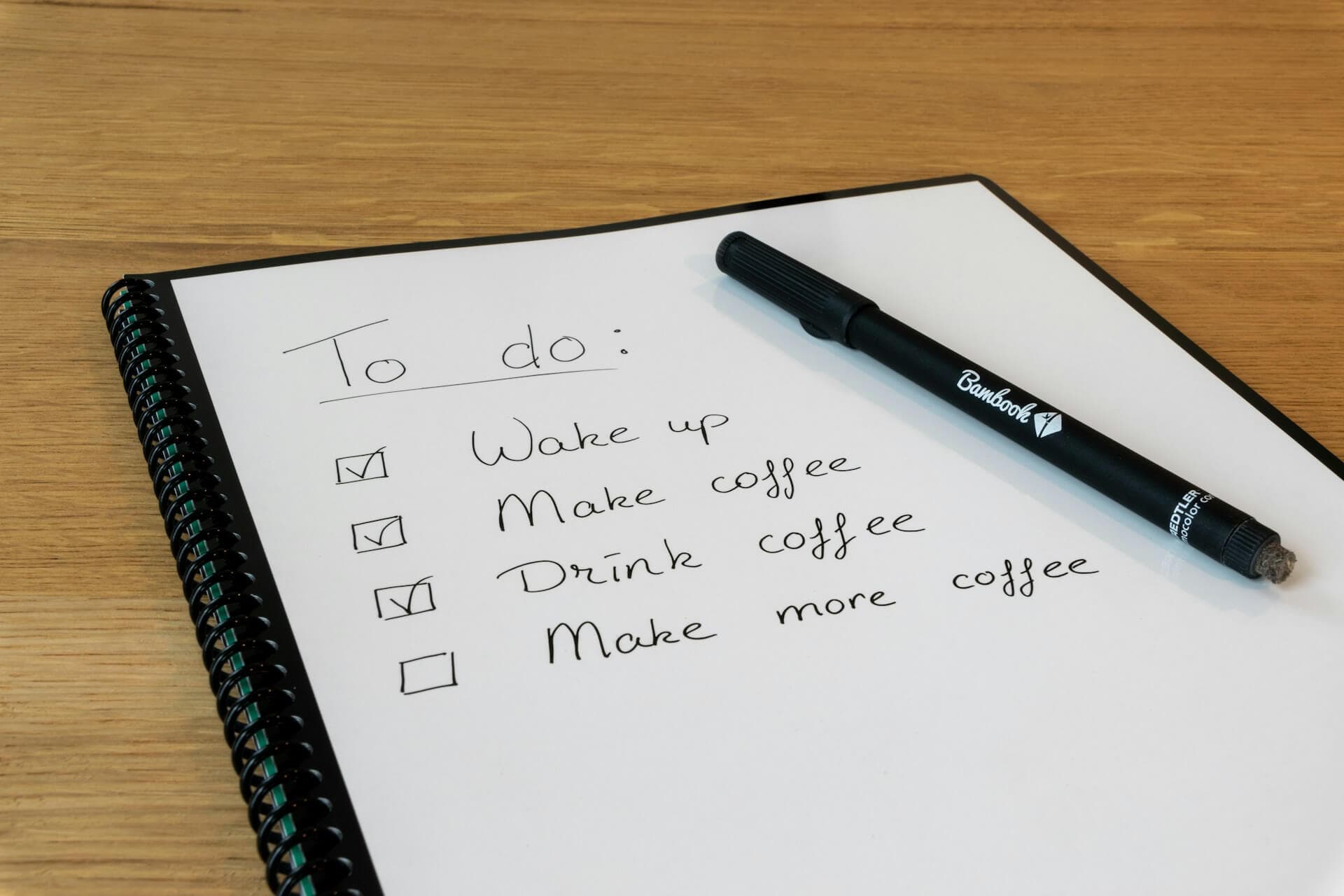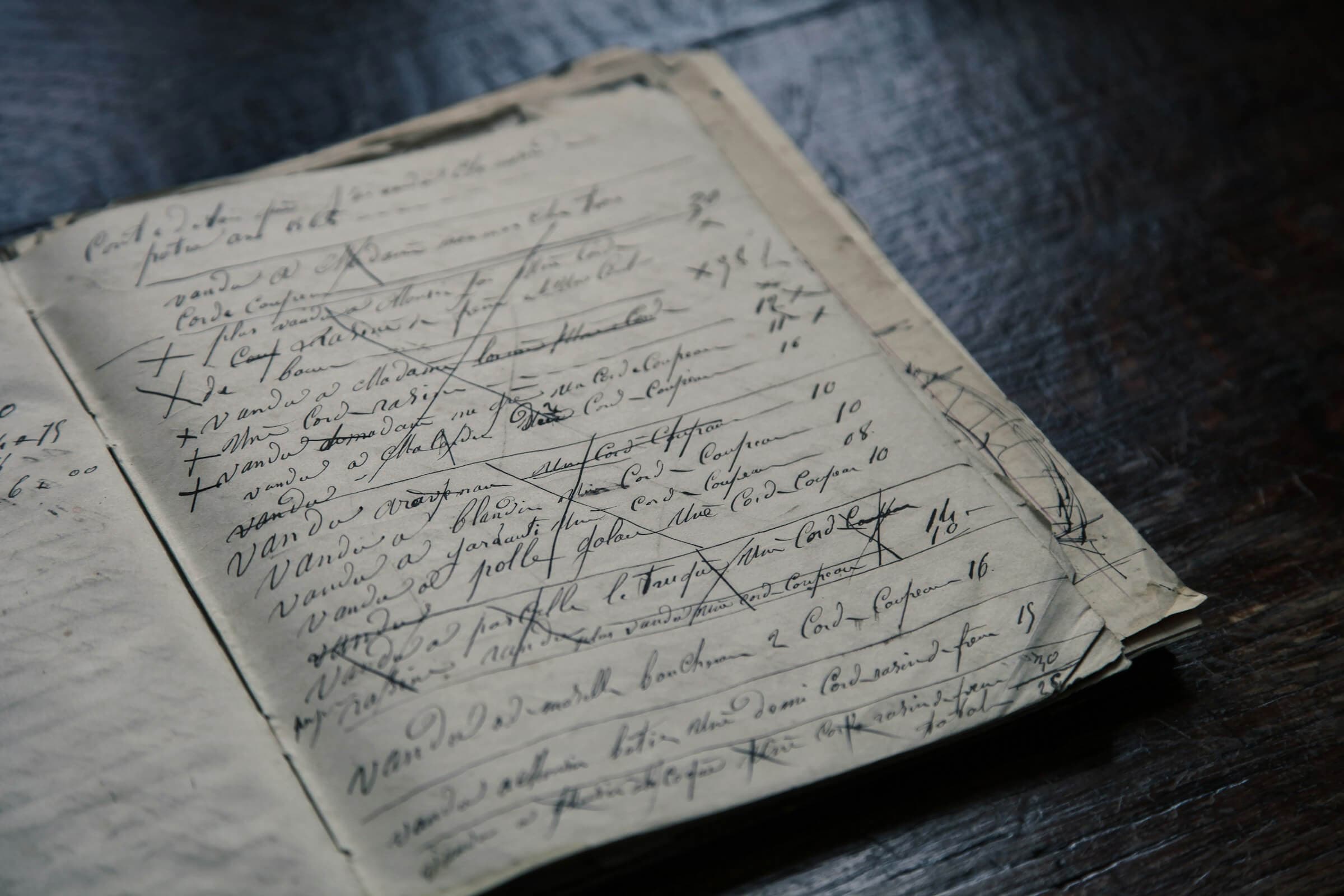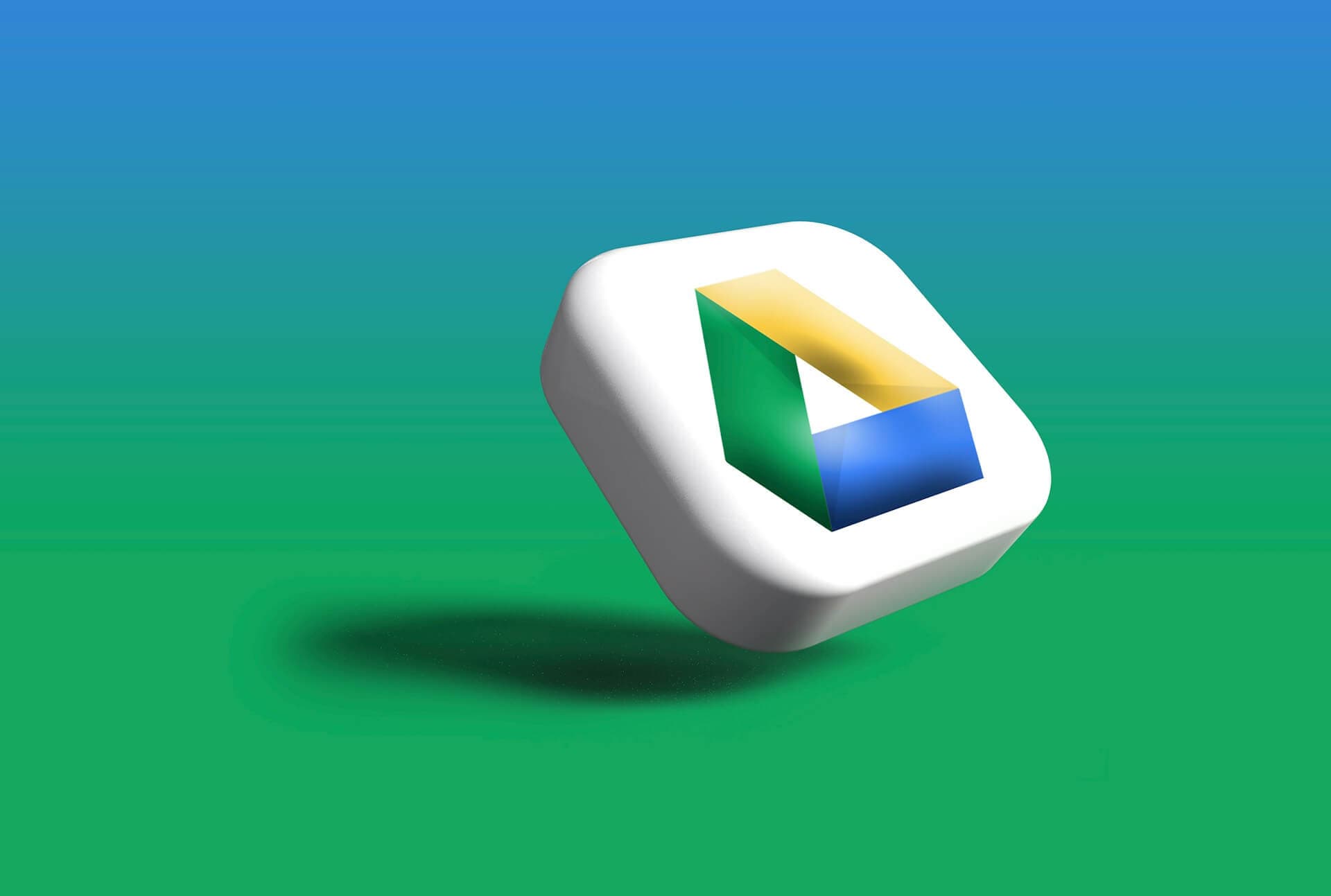- Published on
Beyond the iWall: Unleash Your Freedom with Cross-Platform Apps
- Authors

- Name
- Sahil Fruitwala

It's the year 2034, and you feel trapped in Apple’s world, using only their apps and devices. You start thinking, "I hate that I can't escape this rotten Apple ecosystem. I'm so stuck now. If there's a way, I'll get out of this hole right now." And you know what? There is a way!
The first step toward breaking free from this system is to use apps that can be used on any device and any platform.
Why do I suggest getting out of this rut in the first place? Don't get me wrong, I like my MacBook and AirPods, but I'm not so fond of the iPhone and Apple Watch. My main problem with the Apple ecosystem is that I don't like them controlling my choices. I don't like them stopping me from using other smartwatches, and I don't like them making it hard to back up my data/photos to any platform other than iCloud. Why are they in control?
To take back control, I started small. I began by replacing my to-do app, note-taking app, and cloud storage with alternatives that could work on any device, whether it was an iPhone, Android, Windows, or Mac.
In other words, I stopped using Apple Reminders, Notes, Maps, Apple Music, and iCloud. This gave me the flexibility to use these apps on any platform, including the web.
The Problem with Apple’s Closed Ecosystem
Apple has found a way to make you stay with their product with their glorious ecosystem. This seamless experience is gaining a lot of value for Apple and users who just don't want to get out, but what about you? What are you gaining as an Apple user?
I have been using Apple products for the past 2 to 3 years and have encountered several issues that bother me a lot:
- Limited Compatibility: Apple’s apps and services often don’t work well with non-Apple devices. AirPods and Apple Watch are amazing, but do they work well with other devices? No!
- Higher Costs: You might spend more on apps and services that only work with Apple products. Even the products themselves come at high costs.
| Brand | Latest Base Model | Price (CAD) |
|---|---|---|
| Apple | iPhone 15 | $1129 |
| Pixel 8 | $949 | |
| Samsung | S24 | $1,100 |
- Dependency: It’s harder to switch to other platforms without losing access to your data and apps.
Top Cross-Platform Applications
The main goal of this blog is to show you choices outside the Apple ecosystem. This is not a guide or a whole review of any application. I have suggested applications that I am using and have used in the past.

Taking Control of Your Day
Stay organized with these to-do list apps that work on any device.
TickTick: A powerful app with a simple user-friendly interface and robust task management features. A flexible task manager with additional features such as a habit tracker and Pomodoro Timer. It syncs across all your devices, keeping your tasks updated.
I started TickTick in 2018 and tried every other application but I keep coming back for its simplicity and features. Even in the free version, it is one of the best to-do applications.
Todoist: A simple yet powerful task manager with features like project management, collaboration, and labels. Available on nearly every platform and provides seamless integration with calendars.
I used Todoist for its seamless integration with Google calendar and project management capabilities.
Any.do: Combines tasks and a calendar, making it easy to organize your day. Supports voice entry, and location-based reminders, and integrates with other services. This is the one if you are looking for the most beautiful to-do application.
I used it and it is beautiful but when I was using it it was lacking some features but not now. So give it a shot if you need an amazing-looking app.

Note Taking Champions
Keep your notes handy with these apps that sync across all your devices.
Notion: A customizable workspace that combines notes, databases, and project management functionality. A versatile note-taking app that allows you to combine text, images, and even code snippets for a truly dynamic workspace for personal and team use.
I like Notion because it helps me to save all my notes, lists of tools, and all my other random findings in database/table format. I also use Notion as my backup data storage.
Obsidian: For those who prefer a markdown-based note-taking app Obsidian is for you. It offers a powerful and customizable platform for organizing your thoughts and ideas. It uses a local-first approach so all your notes are secured and stored locally on the device.
I like Obsidian because it is simple to use and has a clean layout for distraction-free writing. It also helps in organizing notes in a Zettelkasten manner. I have written this blog in Obsidian itself.
Evernote: Evernote was the OG of note-taking apps. You can say this is the app that started the era of note-taking applications.
It is a classic note-taking app with a robust system for capturing text, images, and web clippings, with excellent search functionality to help you find anything you need. Also, there are other task management features available now in Evernote.
Standard Notes (Bonus): If security is your priority, Standard Notes is for you. It offers end-to-end encryption and is available on all major platforms. Even though data is end-to-end encrypted, it is surprisingly fast.
I have used it for years, but I stopped because I switched to a local-first approach with Obsidian and used Notion as a backup. But if you really want to secure your notes, give Standard Notes a shot.

Keeping Your Files Safe and Sound
Keep your files safe and accessible with these cloud storage options.
Google Drive/Photos: Google Drive and Photos likely need no introduction. They are cheaper and provide more flexibility than iCloud storage. They also integrate well with other Google services.
I have been using the free version since 2010 and the paid version of Google storage for five years. My only concern with Google Photos is their data use policy.
Microsoft OneDrive: Like Google Drive, Microsoft OneDrive is a solid contender as an iCloud alternative. Although the free version offers less storage compared to Google Drive, it integrates seamlessly with Microsoft services.
If you use Microsoft services more than Google, I recommend OneDrive. It works well with Microsoft Office apps and offers strong security features.
pCloud: pCloud provides secure cloud storage with client-side encryption, media streaming, and file sharing.
I prefer this option because I don't use Google or Microsoft services enough to need extra storage from them. I bought a lifetime plan of 500 GBs two years ago and have been using it as my backup system ever since. All my photos, documents, and coding projects are backed up in pCloud.
I chose pCloud mainly for security reasons. If security is your top priority, choose pCloud. It may be a bit hard to use at first, but it becomes very easy to adapt to over time.
Conclusion
Breaking free from Apple's ecosystem can be challenging but it can improve the way you select your next device and/or platform. We live in a world that has given us multiple choices for everything so why not for application that we use daily? Start making cracks in this invisible iWall by choosing a cross-platform application.
Try them out and embrace the freedom of using any device you want, and start exploring the benefits of cross-platform applications today.
Disclaimer Please note that I use affiliate links for pCloud and a referral link for TickTick in this post. If you choose to make a purchase or sign up through these links, I may earn a commission at no extra cost to you. Thank you for your support!
